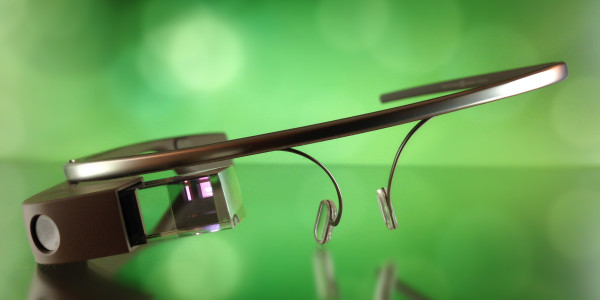Unless you count the calculator watch, wearable technology has been almost exclusive to fiction until the last decade or so. Dick Tracy had his two-way wrist radio, Maxwell Smart had his shoe phone, and the crew on the Starship Enterprise had their communicator badges.
Today there are a number of people using wearable technology on a daily basis. A stroll through the park will reveal herds of runners wearing Fitbits. Look around the next time you’re in line at the coffee shop, and you’re likely to see technophiles wearing Apple Watches or some other variety of smart watch. You may even be able to see a handful of people wearing smart glasses…maybe.
Devices like health trackers and smart watches make it easy for people to access, gather, and share information seamlessly. There’s no question that wearable technology is becoming more popular, but will it soon make its way to factory floors?
The Internet of Things has promised to bring connectivity to everything and everyone around us, and the Industrial Internet of Things looks to do that in the realm of manufacturing and industry. Wearable technology would certainly be useful in furthering the capacity and effectiveness of Industrial IoT.
Wearable technology can help gather and share information for manufacturers in the same way that a fitness tracker is able to. But instead of keeping track of how many steps a worker has taken, wearable technology will provide valuable information that will help manufacturers work more efficiently and more effectively. Wearable devices can provide accurate real-time insight into productivity, expedite task instructions, and even improve the quality of products.
A survey conducted by Plex found that 36% of survey participants have plans to implement wearable technology like smart glasses within the next 5 years. It may be a while before wearable technology is standard in manufacturing, but when you consider the potential benefits wearables could bring to industry, it’s only a matter of time.
